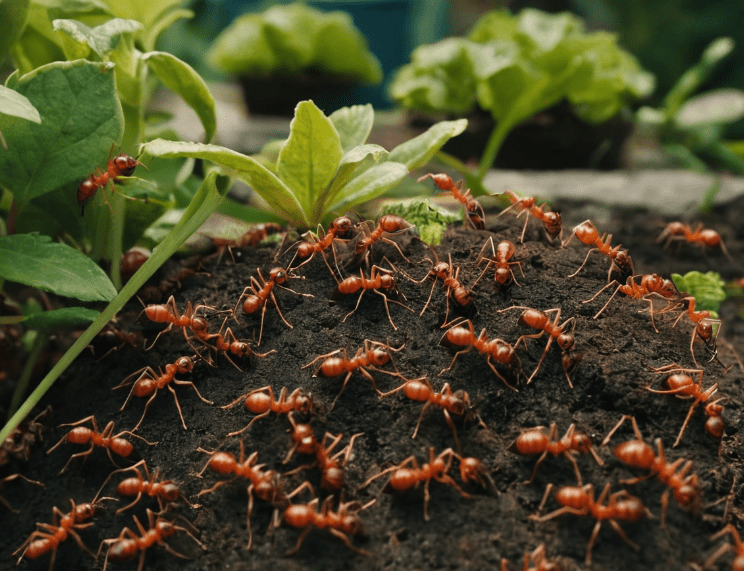Ants are persistent little creatures. With an estimated 1.6 million ants per person on Earth, it’s no surprise they occasionally invade our homes and gardens. While ants play a vital role in the ecosystem, they become unwelcome guests when they target our kitchens and pantries. Luckily, there’s a natural, eco-friendly solution: aromatic plants!
Chemical ant control methods can be harsh on the environment and potentially harmful to our families and pets. Fragrant plants offer a safe, effective alternative. These plants release essential oils that overwhelm ants’ sense of smell, disrupting their communication and making it difficult for them to navigate.
The Power of Scent: How Plants Repel Ants
Ants rely heavily on scent trails laid by other ants to locate food sources. By strategically planting aromatic herbs and flowers, you can create a confusing maze of scents that throws ants off track. Additionally, some plants attract natural predators of ants, like ladybugs and lacewings, waging a two-pronged attack on ant populations.
20 Fragrant Plants to Create an Ant-Repellent Oasis
Here’s a diverse selection of 20 fragrant plants known to deter ants, offering a variety of options for your garden design
1. Mint Varieties (Peppermint, Spearmint, Chocolate Mint)
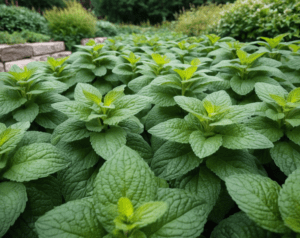
Mint’s strong essential oils and rapid growth make it a fantastic choice for establishing a quick Ant barrier. Plant varieties like peppermint, spearmint, and even chocolate mint around your home’s perimeter. (Full sun to part shade, moderate watering)
2. Rosemary

This fragrant evergreen isn’t just for cooking! Rosemary‘s strong scent repels ants and may even enhance the effectiveness of other natural pest control methods. (Full sun, well-draining soil)
3. Catnip
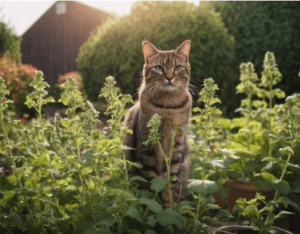
Catnip‘s musky odor and hairy leaves deter ants, while your feline friends will love having this plant around. (Full sun, well-draining soil)
4. Garden Sage

Sage contains thujone and camphor, repelling ants while attracting ant predators. (Full sun, well-draining soil)
5. Pennyroyal

Pennyroyal’s minty scent repels ants, but be aware – it’s toxic to pets if ingested. Use with caution! (Full sun to part shade, well-draining soil)
6. Citronella Plant and Lemongrass
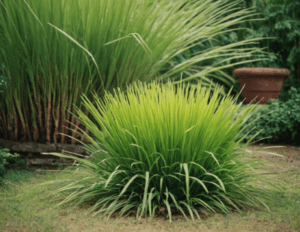
Famous for its mosquito-repelling properties, citronella‘s strong scent also deters ants. Lemongrass offers a similar benefit. (Full sun, moist soil)
7. Eucalyptus
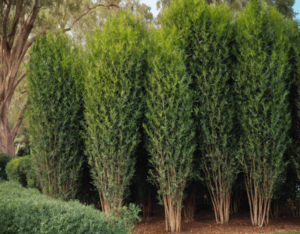
Eucalyptus plants are rich in essential oils with a sharp scent that effectively repels ants. They can thrive indoors or outdoors. (Full sun to part shade, well-draining soil)
8. Lavender

Lavender‘s delightful fragrance keeps ants at bay while attracting helpful pollinators like bees. (Full sun, well-draining soil)
9. Bay Laurel
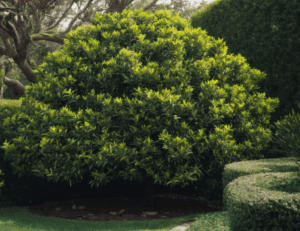
The strong, bitter odor of bay leaves deters ants. This plant can be brought indoors for year-round protection. (Full sun to part shade, well-draining soil)
10. Garlic
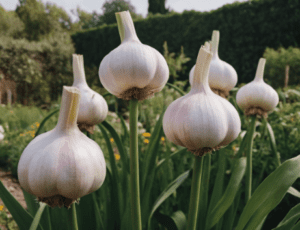
Garlic‘s pungent scent makes it a powerful ant repellent. Though an annual replanting is required, it’s well worth the effort. (Full sun, well-draining soil)
11. Thyme (Lemon Thyme, Creeping Thyme)
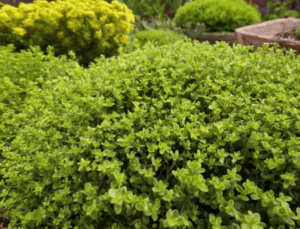
Culinary and ornamental, thyme attracts ladybugs, natural ant predators. Additionally, its scent disrupts ant communication. (Full sun, well-draining soil)
12. Controlling Aphids
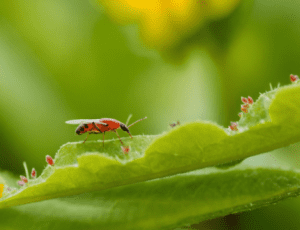
Aphids are a food source for ants. Consider planting garlic and marigolds to keep aphid populations in check, making your garden less attractive to ants.
13. Tansy

Tansy contains thujone, repelling ants. However, tansy can be invasive in some regions, so plant it cautiously. (Full sun to part shade, well-draining soil)
14. Marigolds
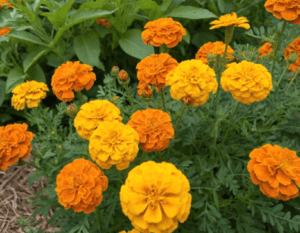
Marigolds have a strong fragrance that deters ants. They also attract beneficial insects that prey on ants. (Full sun, well-draining soil)
15. Chrysanthemums
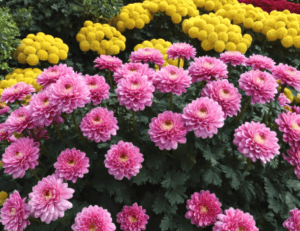
These autumn beauties contain pyrethrins, natural insecticides that keep ants and other pests at bay. (Full sun, well-draining soil)
16. Clove Basil

This unique basil variety boasts a strong clove scent that repels ants while adding a delicious twist to your culinary creations. (Full sun, moist soil)
17. Rue

Rue’s strong, pungent odor deters ants and many other insects. Be sure to wear gloves when handling rue, as it can irritate skin. (Full sun to part shade, well-draining soil)
18. Catnip Basil
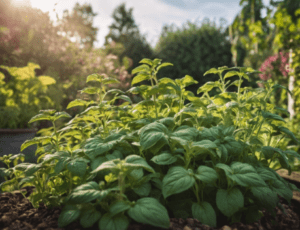
Catnip basil offers the same benefits as catnip for repelling ants, with the added bonus of being a unique culinary herb. (Full sun, moist soil)
19. Lavender Geranium

This beautiful flowering geranium combines lavender’s pleasant scent with citronella’s ant-repelling properties. (Full sun, well-draining soil)
20. Daffodils
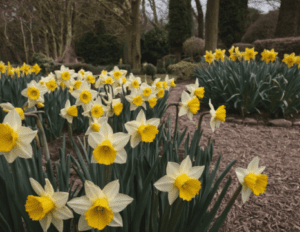
These cheerful spring flowers brighten your garden and contain a compound that disrupts ant navigation. Be aware that daffodils are toxic to pets if ingested. (Full sun to part shade, well-draining soil)
Design Your Ant-Repellent Landscape
Now that you have a variety of fragrant plants to choose from, it’s time to design your ant-repellent haven! Here are some tips for maximizing effectiveness:
- Plant Variety: Use a mix of plants to create a multi-layered scent barrier, confusing ants and making it harder for them to establish a trail.
- Sun and Water Needs: Consider each plant’s preferred sunlight and moisture levels. A healthy plant produces stronger scents for better ant deterrence.
- Strategic Placement: Plant aromatic herbs near entry points like doors and windows to deter ants from entering your home.
- Companion Planting: Pair ant-repellent plants with beneficial companions. Mint can deter pests around tomatoes, while rosemary aids cabbage.
- Keep it Clean: Maintain a clear perimeter around your foundation. Debris and moisture can attract ants, so eliminate potential nesting sites.
Natural Solutions for a Beautiful, Pest-Free Garden
Using aromatic plants to repel ants is a safe, eco-friendly, and effective way to keep these persistent insects at bay. Not only will your garden burst with beautiful flowers and fragrant herbs, but it will also be a haven for beneficial creatures and a natural deterrent to unwanted pests.



















